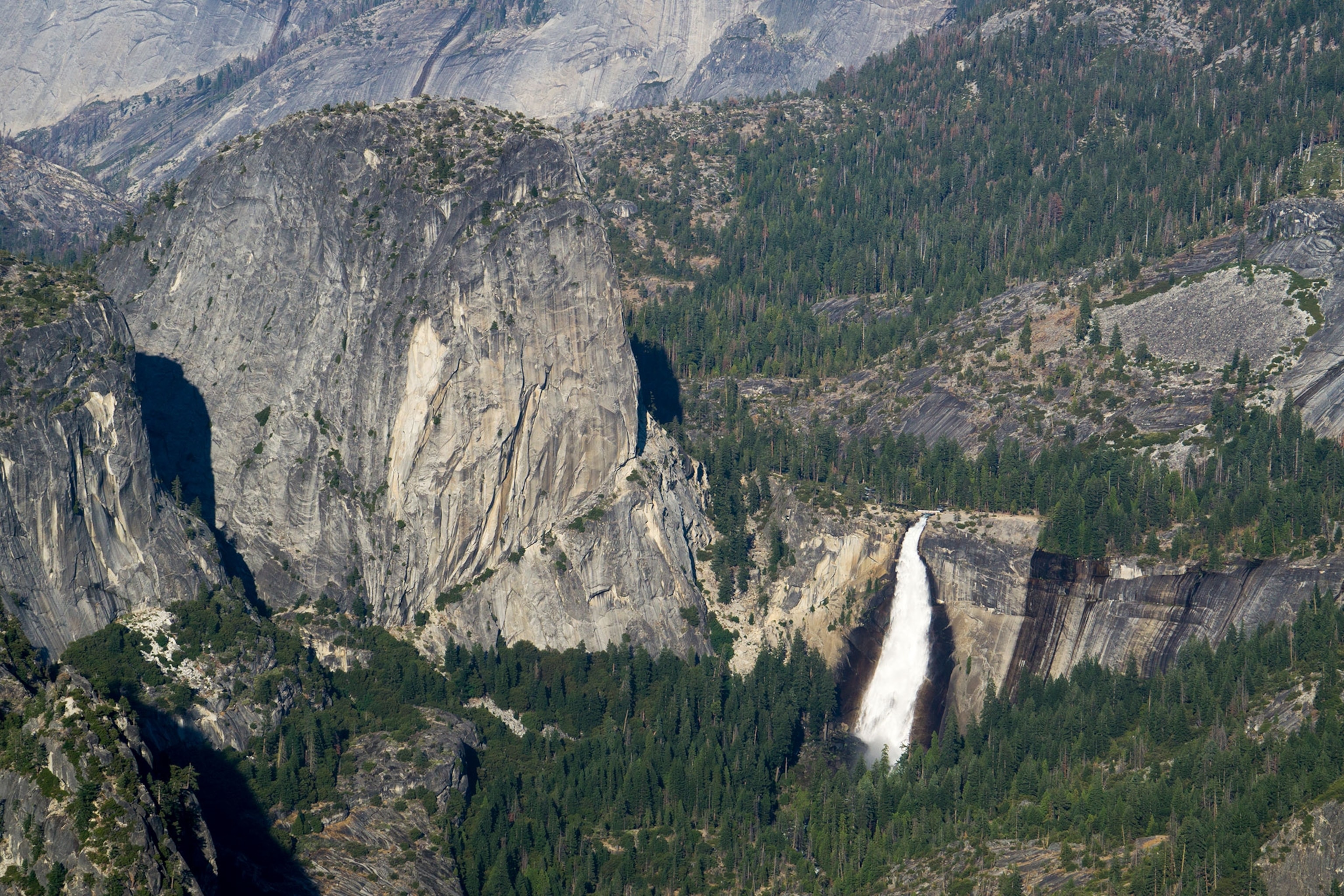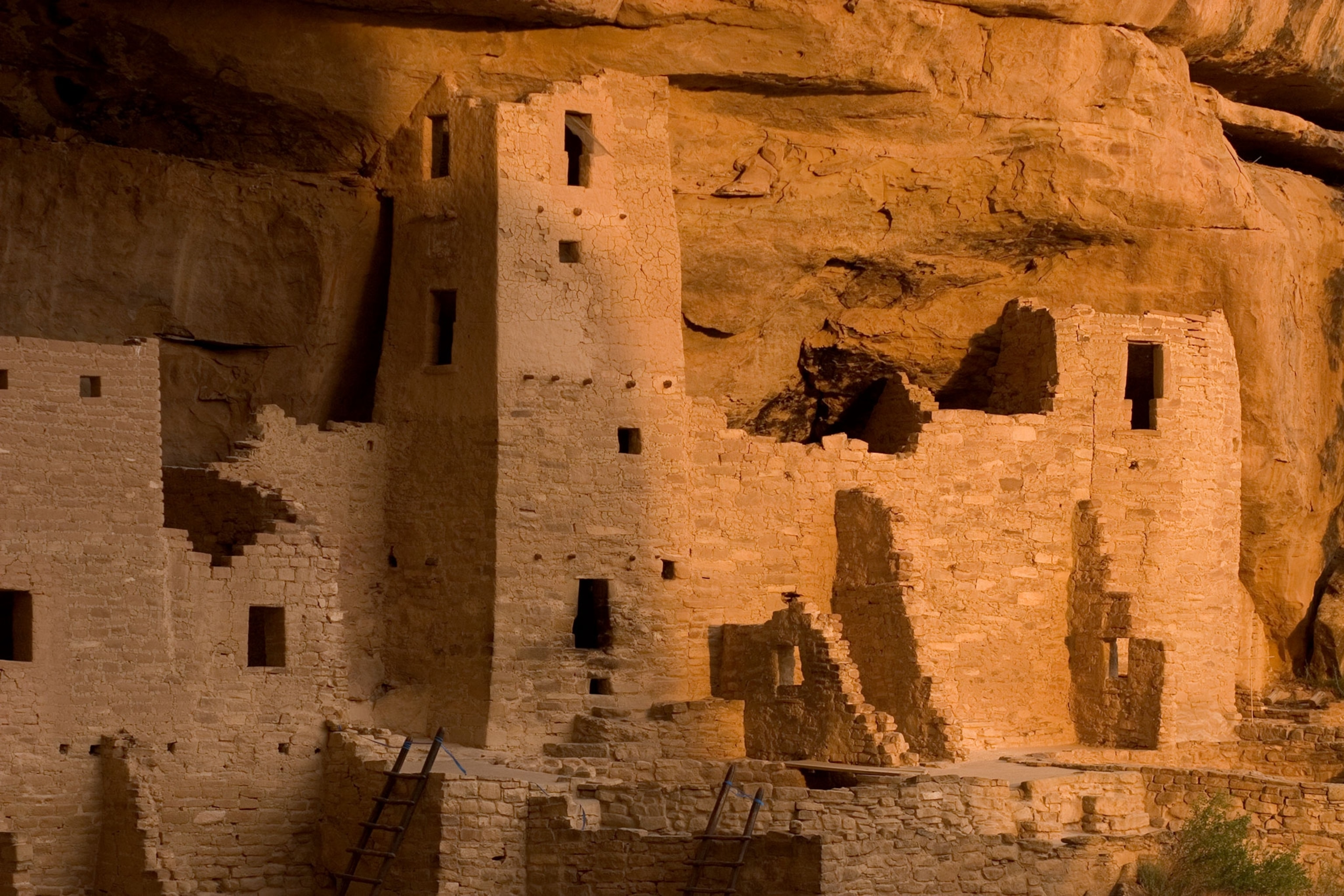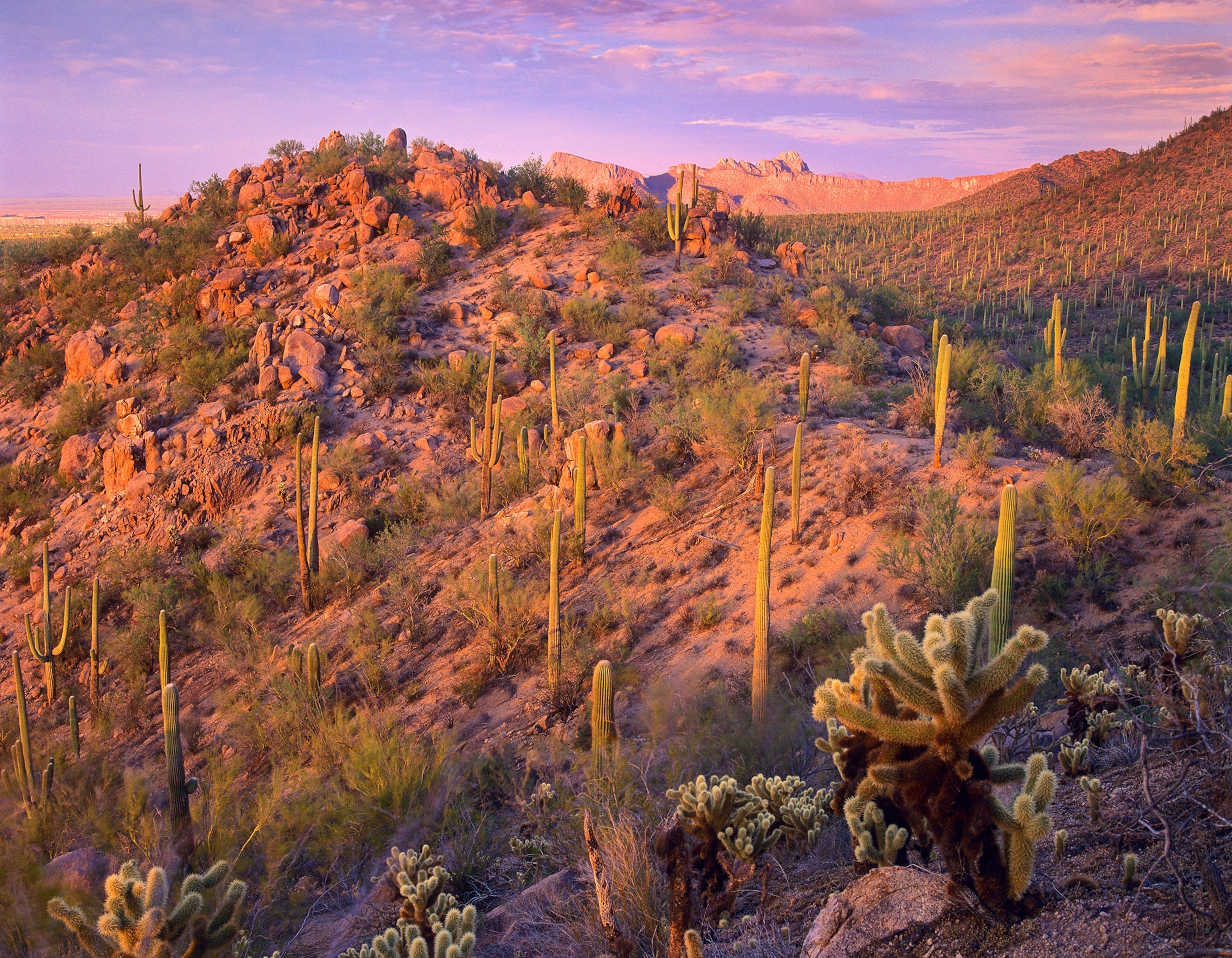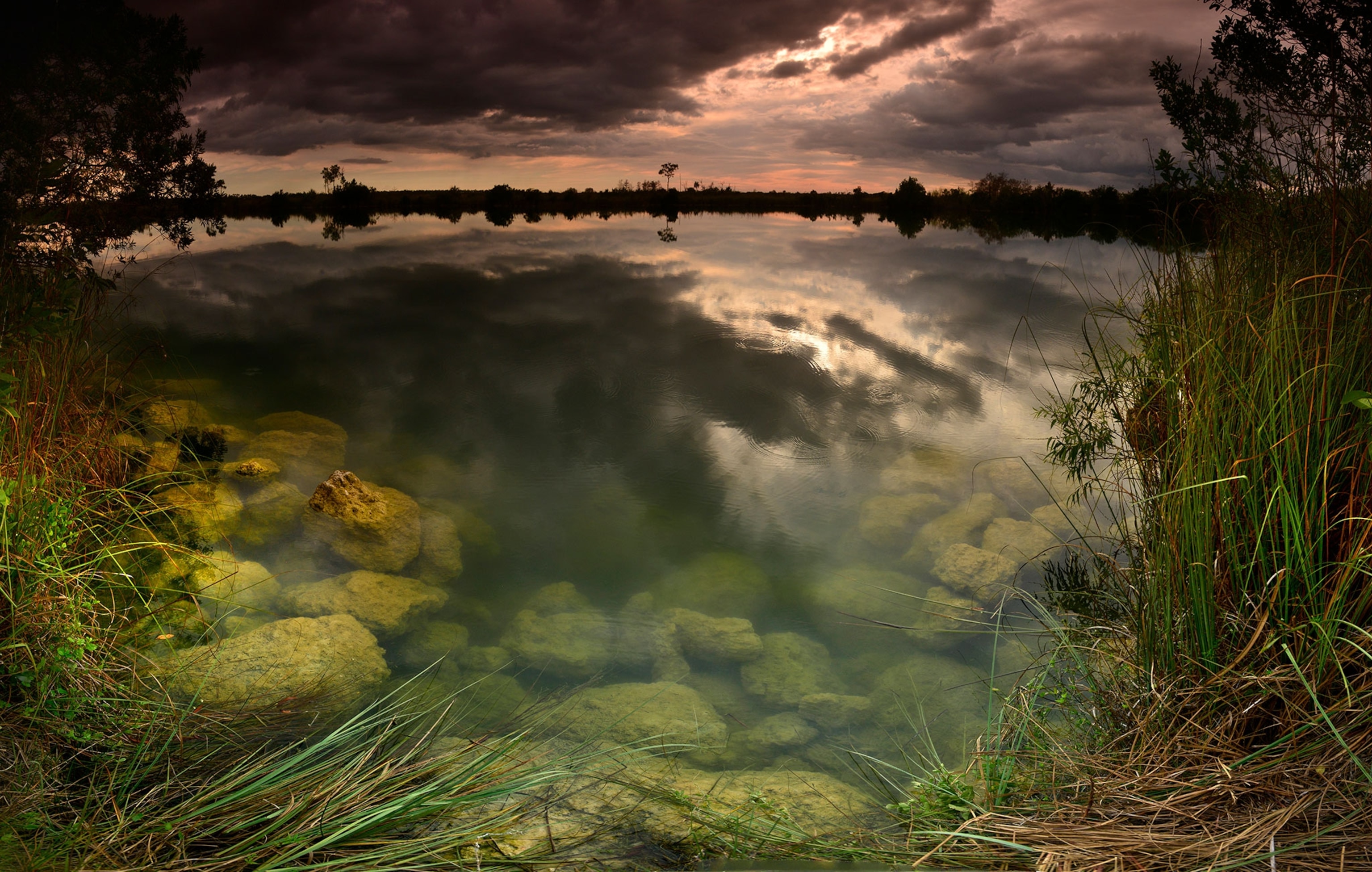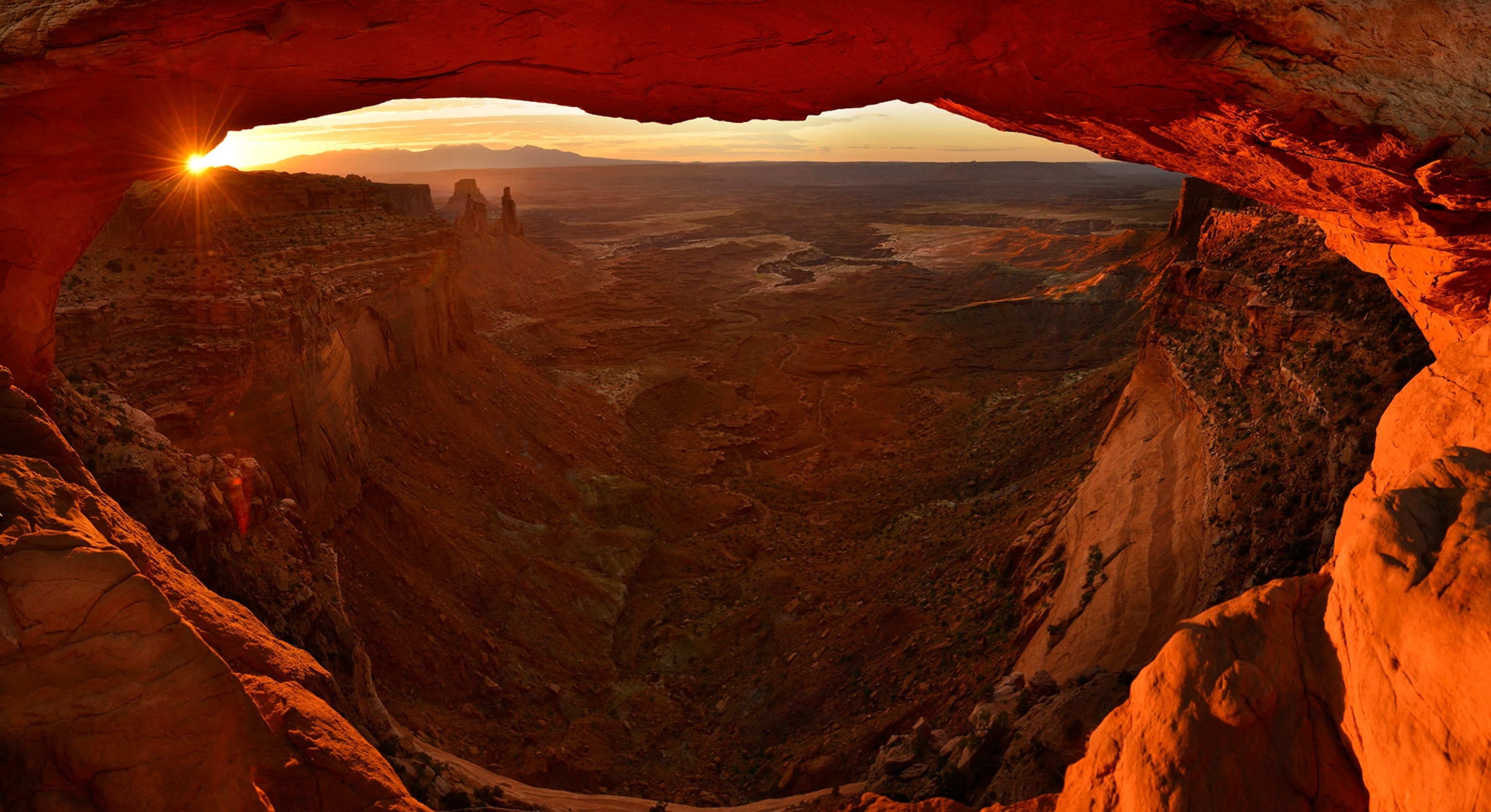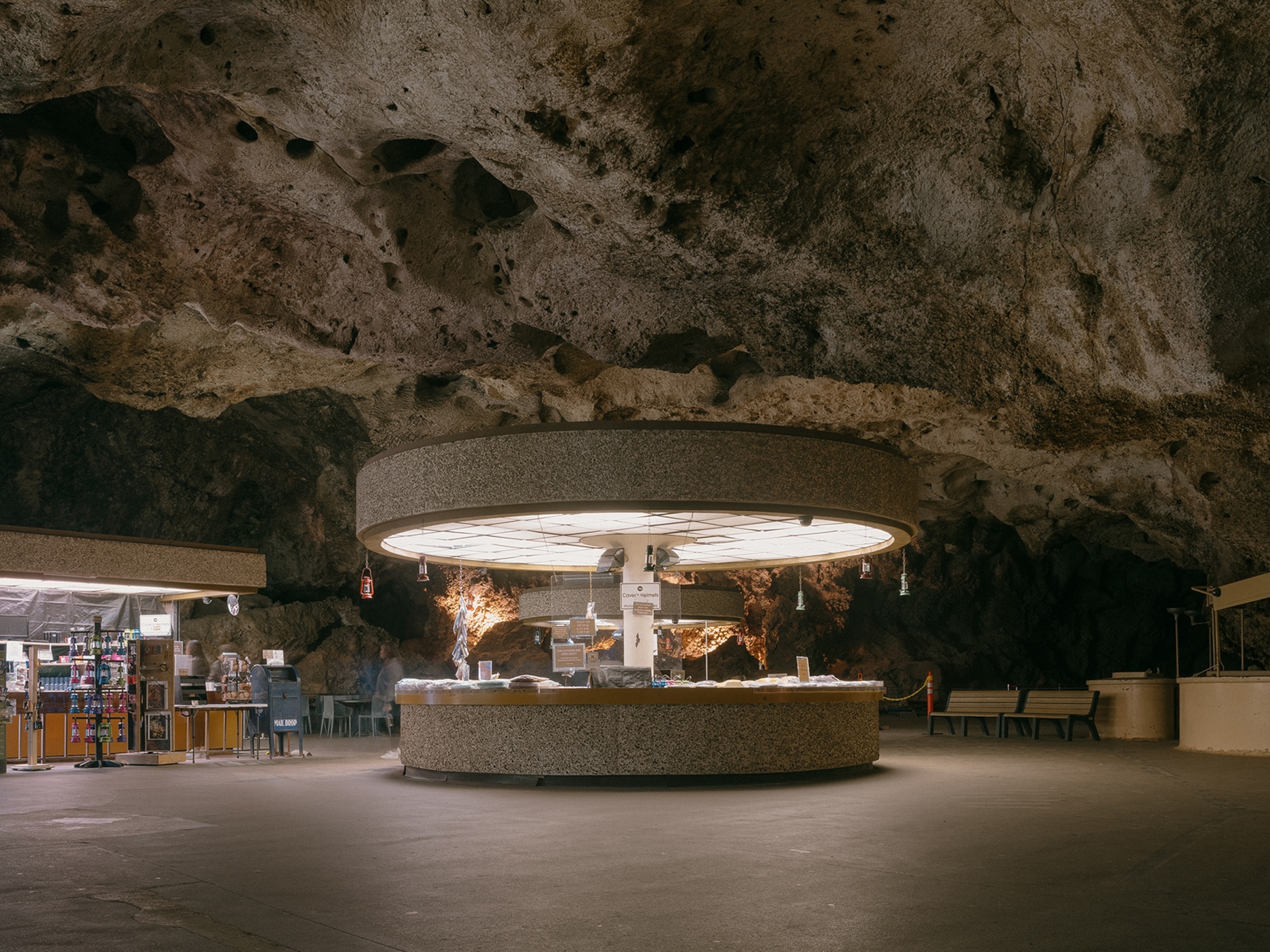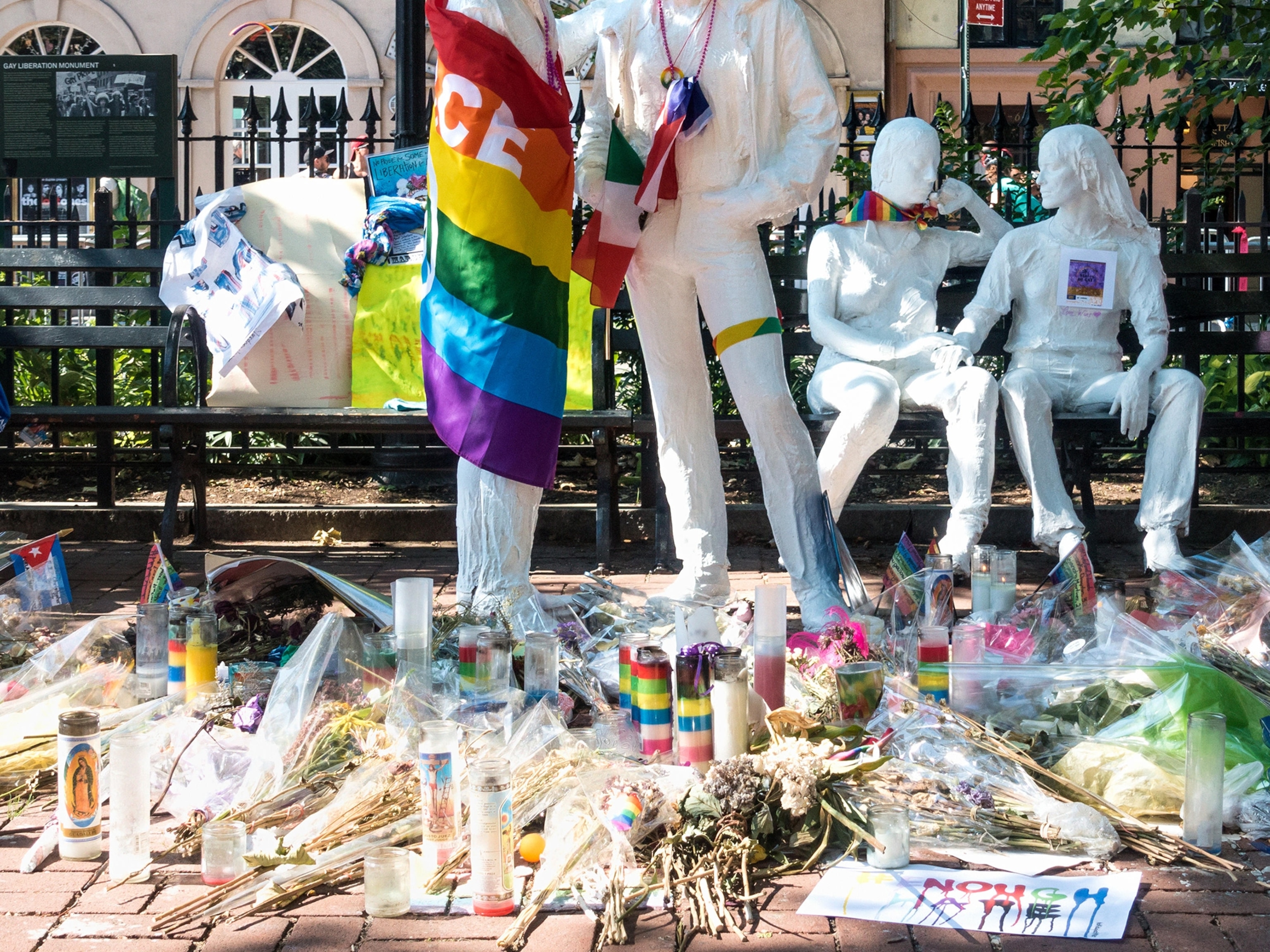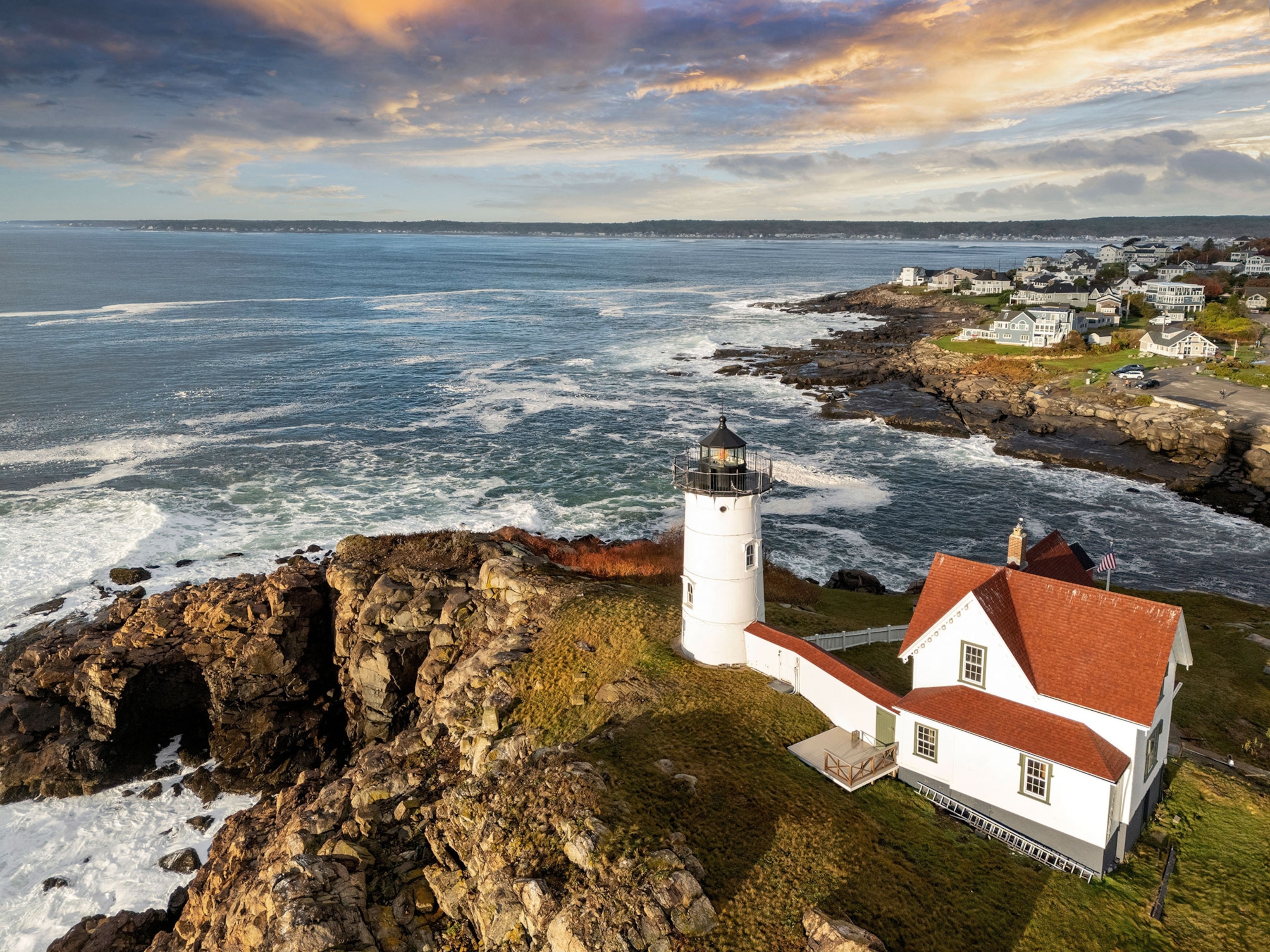Around U.S. national parks in 5 books
Catch five great reads paired with places that make them come alive.
When you visit a national park, there’s perhaps no better companion than a book. Even better is a book uniquely suited to the place. We’ve matched five national parks with books of all kinds to make your next trip a literary masterpiece.
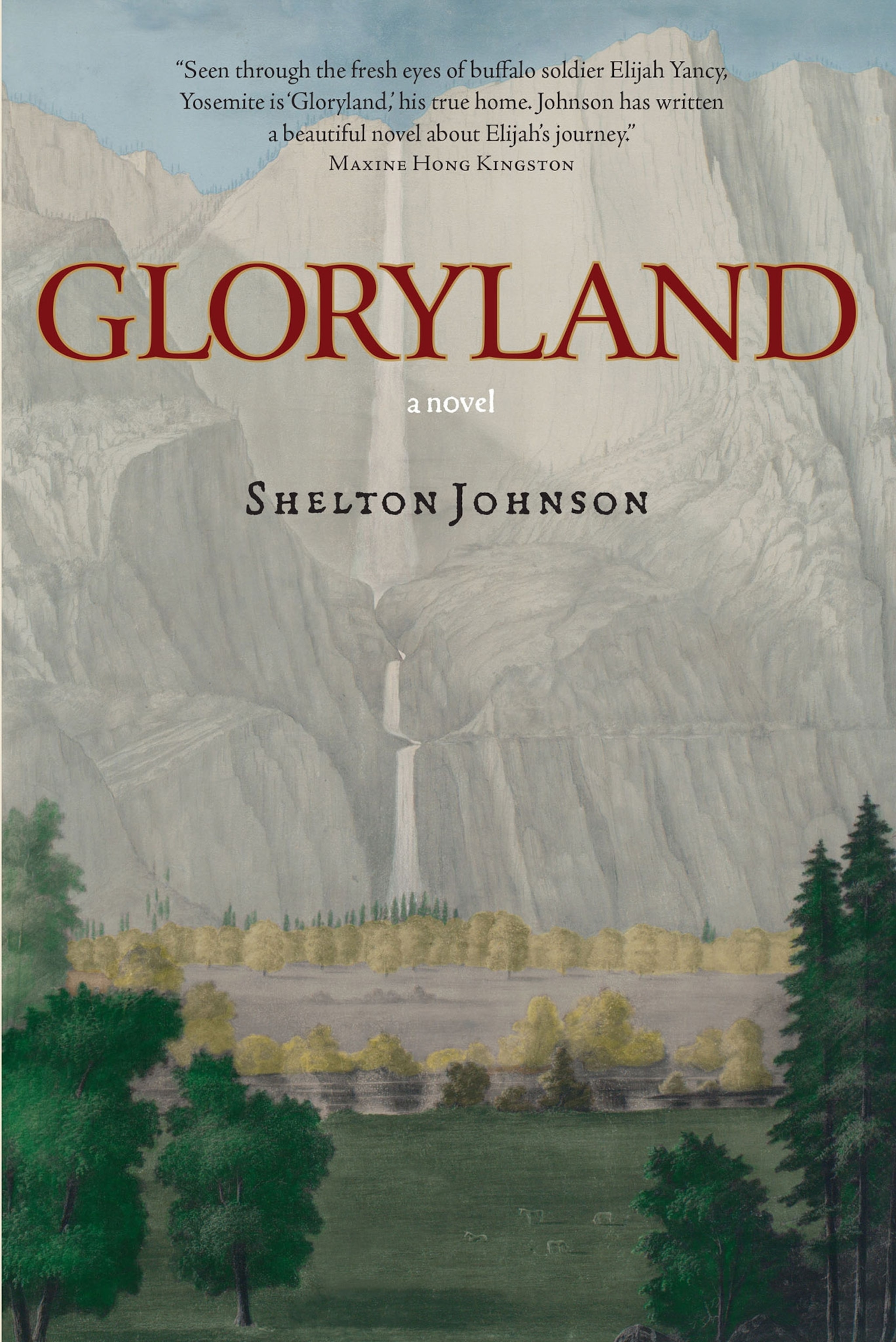
Yosemite National Park
Gloryland by Shelton Johnson (Sierra Club Books, 2009)
Until fairly recently, few knew that the Buffalo Soldiers, the all-black cavalry and infantry regiments on the Western frontier, were also some of the nation’s first park rangers. Yosemite park ranger Shelton Johnson helped catapult that history into the national consciousness through his work at the park, his appearance in the Ken Burns documentary National Parks: America’s Best Idea, and in his historical fiction novel Gloryland. The story centers on Elijah Yancy, an African-American boy who joined the U.S. Army at the turn of the century, rode with the Buffalo Soldiers, and underwent a personal transformation during his service at Yosemite.
Mesa Verde National Park
Woven Stone by Simon J. Ortiz (University of Arizona Press, 1992)
Mesa Verde National Park is the largest archaeological preserve in the U.S. The park’s legendary 12th-century cliff dwellings are the main draw, inspiring curiosity about the ancestral Puebloans who once inhabited them. Hand-hewn into the rock face, the dwellings are an evocative reminder of those who came before. But history does not stop comfortably in the past. “A Designated National Park” and “Our Homeland: A National Sacrifice Area,” are just two of the many must-read poems in Simon J. Ortiz’s collection Woven Stone.
Everglades National Park
Florida by Lauren Groff (Riverhead Books, 2018)
The Everglades is the largest mangrove ecosystem in the Western Hemisphere. Its distinctive combination of freshwater sloughs, sawgrass, marl prairies, and cypress swamps make a delicately balanced home for hundreds of species, thirty-six of which are threatened or protected—including manatees, American crocodiles, and the critically endangered Florida panther. And then, of course, there are the invasive pythons. Paddling down “the Nightmare,” a tight channel only passable at high tide, one gets a sense of how precarious life can be. That ominous notion—“an Eden of dangerous things”—is well matched by Lauren Groff’s short story collection, Florida.
Canyonlands National Park
All The Wild That Remains by David Gessner (W.W. Norton, 2015)
Canyonlands rivals the Grand Canyon when it comes to vistas, yet the park receives a fraction of the visitors. It’s the kind of place you can hear a hawk take to the wind, or watch in silence as the sun falls over miles of pastel bluff. The inherent value of being able to experience open land this way is what Wallace Stegner extolled in his 1960 “Wilderness Letter,” which helped get Canyonlands designated just four years later.
But the writer most often associated with the region is Edward Abbey, the beer-drinking, iconoclastic patron saint of nearby Arches National Park. The two writers, whose very different philosophical and environmental legacies have marked this part of the West, are the subject of All The Wild That Remains, part biography, part travelogue, part meditation on the last of the wild West.
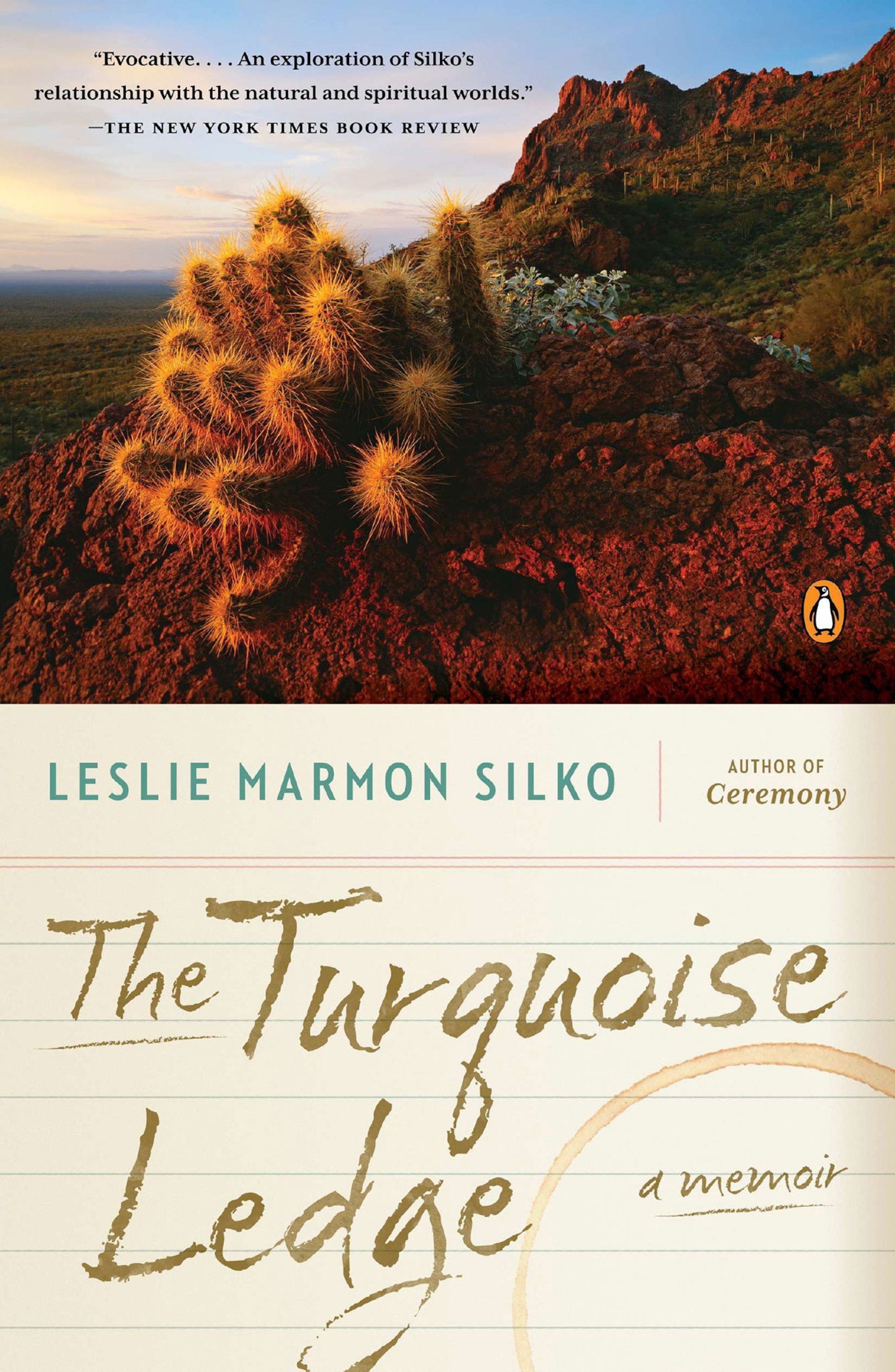
Saguaro National Park
The Turquoise Ledge by Leslie Marmon Silko (Viking, 2010)
Just outside of Tucson, Saguaro National Park is divided into two districts on either side of the city. To the west, the trails of the Tucson Mountain District wind through dense saguaro cactus forests. To the East, the Rincon Mountain District is a bit wilder, the jumping-off point to backcountry hiking.
Short of a local guide, The Turquoise Ledge by Native American author Leslie Marmon Silko is a great companion for treks around the area. Her own nearby day hikes greatly inform the book, which is rich with observation and imparts a deep sense of place.
